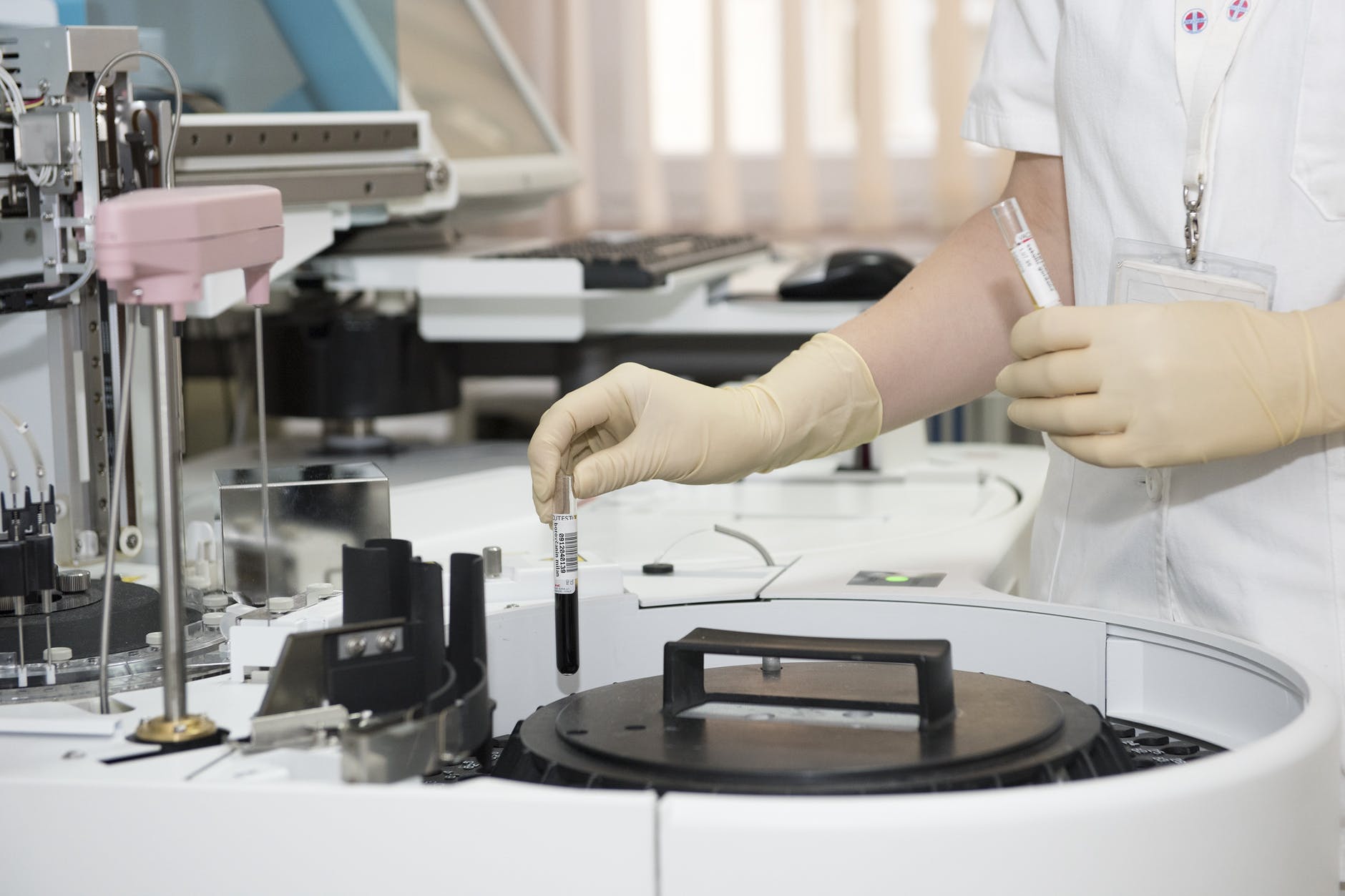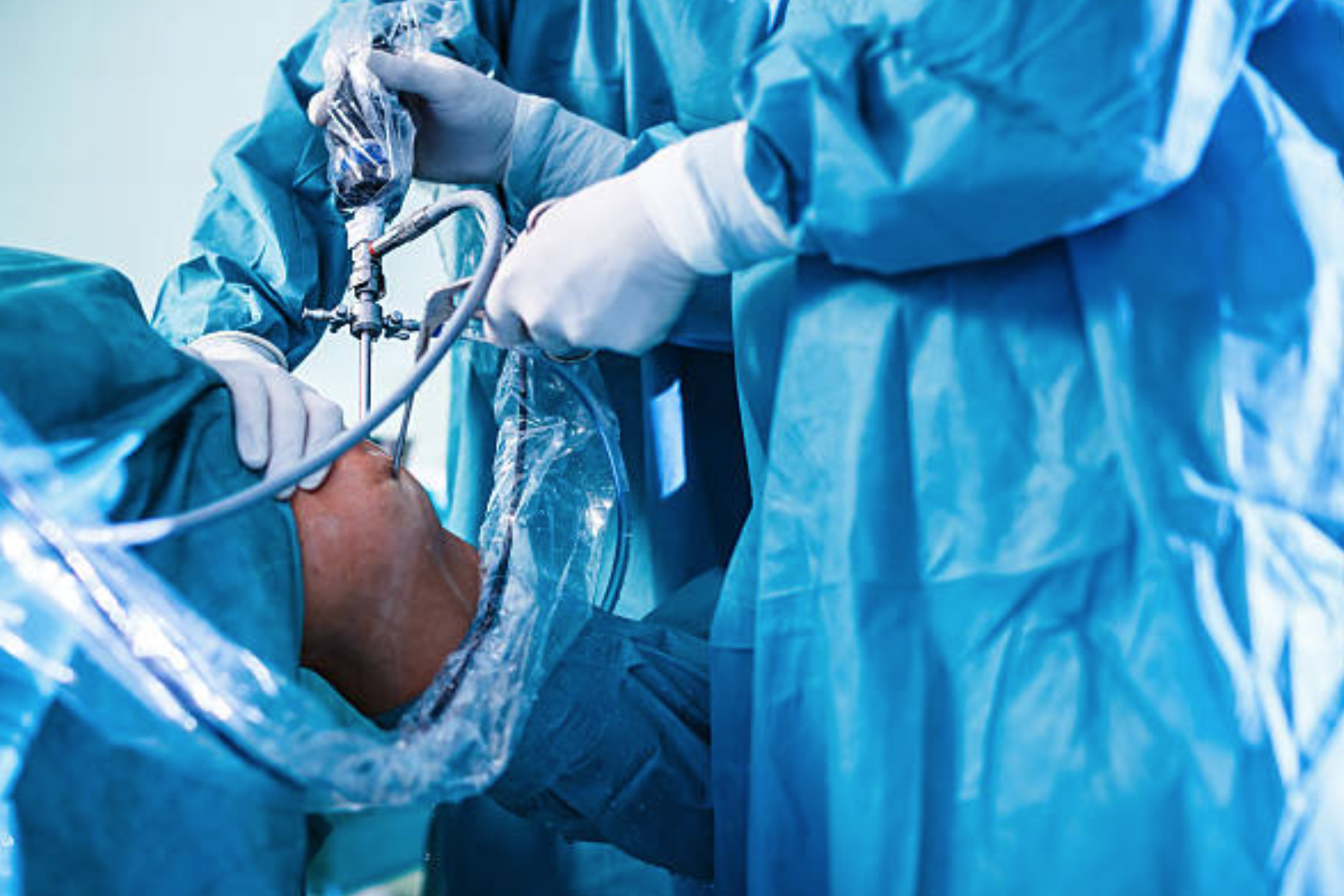Top Medical Equipment For Ambulatory Surgery Centers
Equipping Your ASC for Success: Must-Have Medical Equipment
The Operating Room:
In order to perform surgeries, the operating room must be equipped with certain essential medical equipment. One of the most important items is the operating table, which should be adjustable and have the ability to support the patient throughout the surgery. Another vital piece of equipment is the anesthesia machine, which delivers a combination of potent drugs and gases to the patient during the procedure. Finally, the operating room should also have a variety of surgical instruments, including powered surgical equipment, scalpels, forceps, clamps, and scissors.
Mobility and Transportation:
In ambulatory surgery centers, patients typically receive same-day surgery and do not require hospitalization. As a result, mobility and transportation equipment are important to ensure patients can be safely transported throughout the facility. The most important piece of mobility equipment is the patient lift, which assists in lifting and transferring patients to and from the operating table. Additionally, ambulatory surgery centers should also have wheelchairs and stretchers available to facilitate the movement of patients throughout the facility.
- Patient Lift
- Wheelchairs
- Stretchers
Diagnostic and Testing Equipment:
In order to accurately diagnose and treat patients, ambulatory surgery centers must have a variety of diagnostic and testing equipment available. One of the most important pieces of equipment is the ultrasound machine, which allows healthcare providers to visualize organs and tissues within the body. Additionally, ambulatory surgery centers should have a blood pressure monitor, electrocardiogram (ECG) machine for monitoring heart function, and pulse oximeter for measuring oxygen levels in the blood.
- Ultrasound Machine
- Blood Pressure Monitor
- Electrocardiogram (ECG) Machine
- Pulse Oximeter
Contact Auxo Medical for Your ASC’s Medical Equipment
Equipping your ambulatory surgery center with the right medical equipment is essential to ensuring safe and effective patient care. By investing in essential equipment such as operating tables, anesthesia machines, patient lifts, and diagnostic equipment, you can provide optimal care for your patients and set your center up for success. Contact Auxo Medical today for your customized quote.






